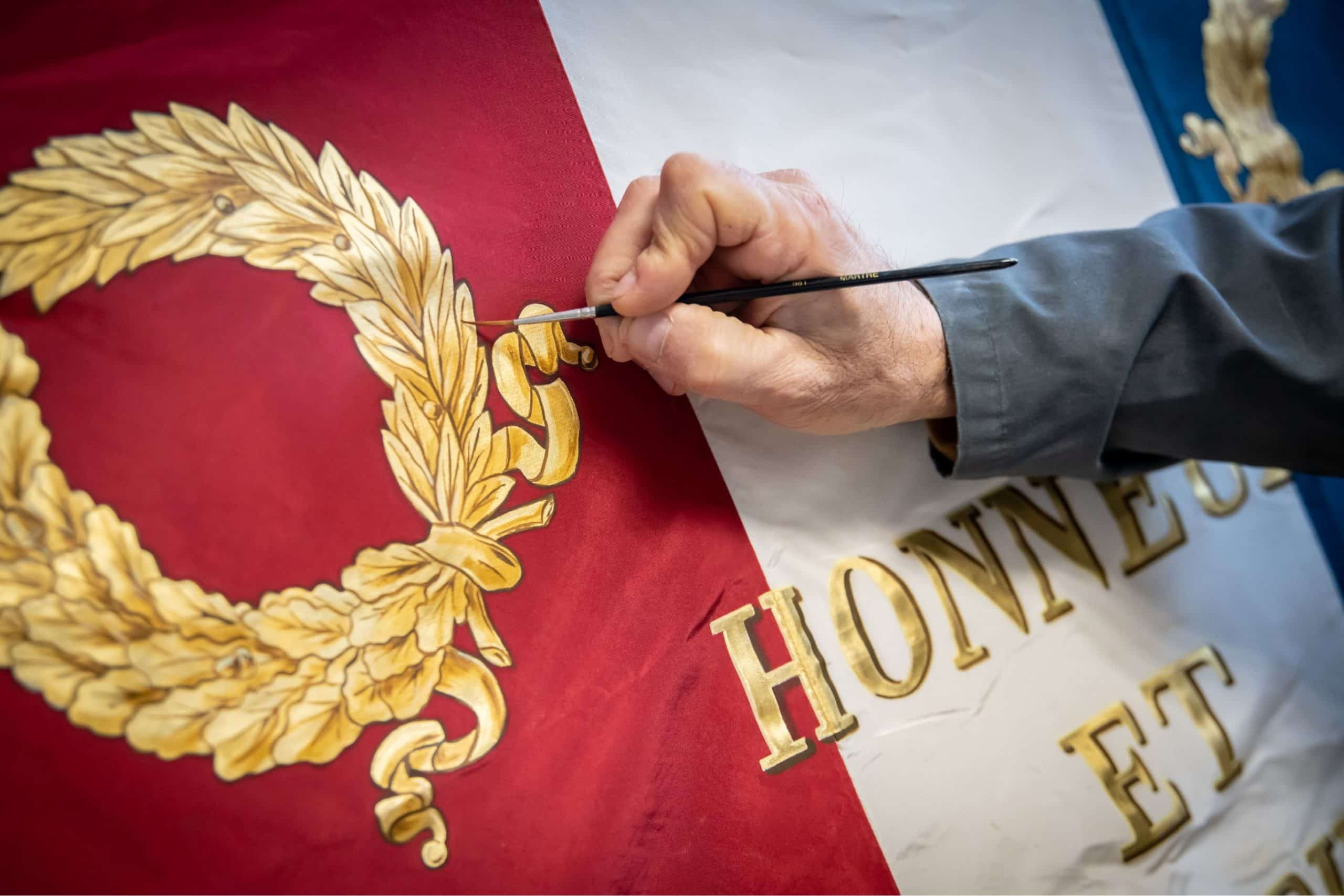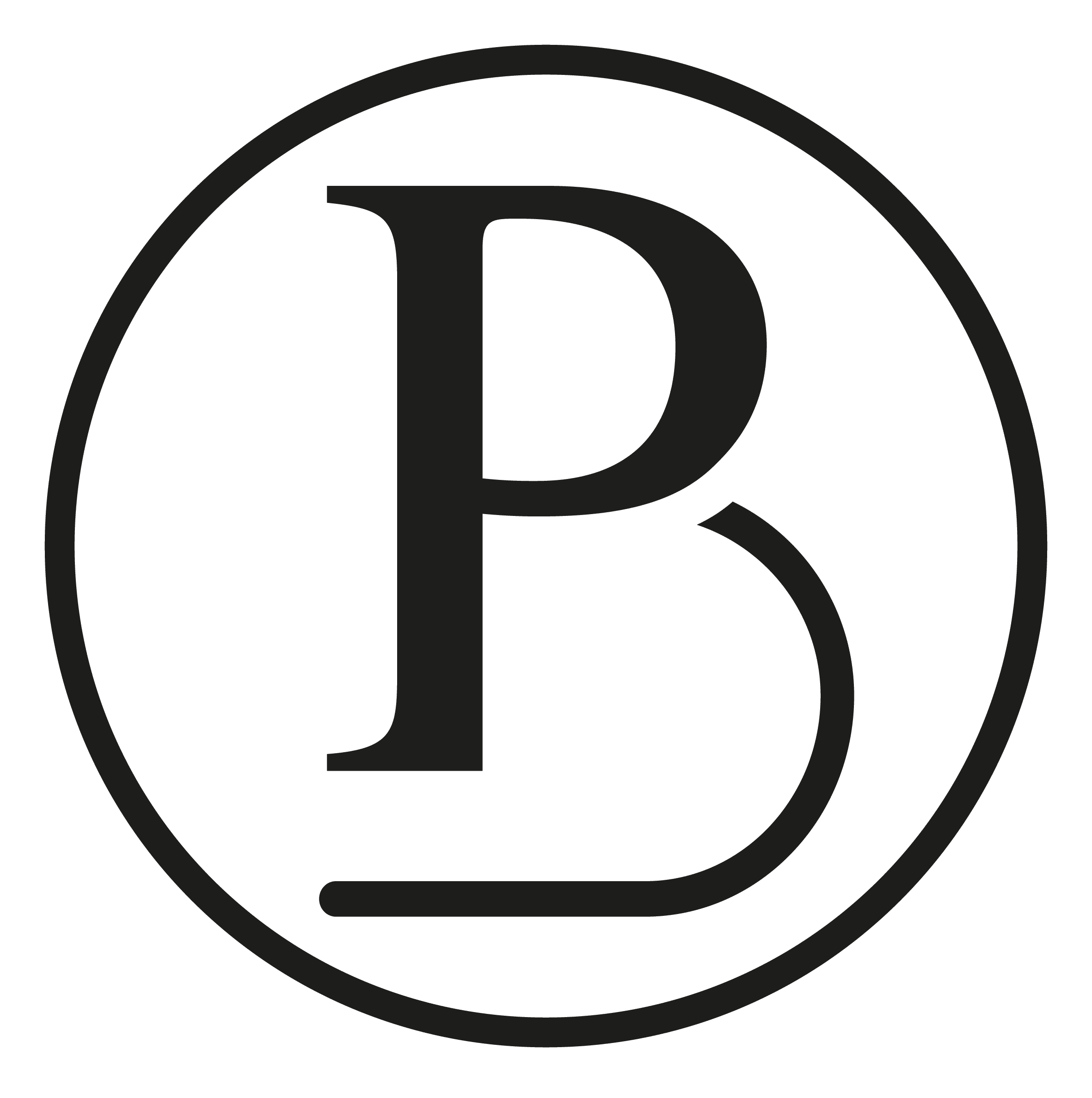Design
One of the oldest skills in workshops
The sculpture workshop is one of the oldest skills of the Ateliers Pichard-Balme.
Necessary for the creation of religious, secular or souvenir medals, it allows personalised likenesses to be created. The role of the sculptor is then to create a model from a drawing, a file or a photo. In other words, they shape a first piece using 3D plastiline, to which they give a certain aesthetic form. It is a profession that requires above all a great deal of talent, as one must be capable of having an artistic and technical vision of the project while at the same time meeting client expectations.
Sculpture
The art of moving people
The sculptor first receives what is known as a “scale 1” drawing of the future product. This is a first 2D version made by the creators. The designer then steps in to make an enlargement that is generally two and a half times larger than the original. Among other things, this gives a more precise idea of the design, as the sculpture offers more details and, above all, relief to the 3D project.
Next, a bas-relief (in plastiline, more commonly known as modelling clay) must be produced. This type of sculpture has the special feature that it can be painted and has only a slight relief.
Then, according to their intuition and experience, the artist defines the main masses of the subject, which can be more or less elaborate, depending on the requirements of the client. For example, if it is a portrait, it seems relevant to elaborate on each detail, surely more present than on the representation of a construction.
Then, they cast a plaster over the bas-relief and prepare a mould. They then obtain a so-called negative mould which corresponds to the impression of the plastiline. They work this mould into a hollow and then cast a plaster over the original again. Finally, a positive mould is obtained on which all the finishing touches corresponding to the enlargement of the creation are made.
In short, the aim of this workshop is to transform a more or less precise idea or a 2D drawing into a real, physical, detailed model. This is a job requiring research and time. When it comes to a portrait, for example, the history and characteristics of the person under study are important to study in order to transcribe their physical appearance as well as their personality.
In order to create high-quality sculptures, the sculptor has specific tools at their disposal, such as small, self-adapted engraving tools, dental tools that are also used for modelling, sandpaper, files and engraving points.
In addition to knowing how to use the tools well, great concentration and dexterity are required. The aim is not only to create a beautiful sculpture, but also to succeed in conveying the desired emotion. In addition, some works have marked the history of our workshops, such as the medals made for the bicentenary of the French Revolution.
Painting on flags
The pavilion workshop, the UFO of the Pichard-Balme workshops
The flag painting workshop is proof of the versatility and artistic richness of our workshops.
This one is completely different from what we are used to, as it does not involve the creation of exceptional coins in base or precious metal as is traditionally the case.
We offer a service dedicated to embellishing the flags of the French army with, for example, gold leaf painting on silk.
This is a fairly complex job, as a succession of layers of paint must be applied one on top of the other to obtain optimum protection and colour.
These flags will then be displayed at official ceremonies such as the Bastille Day parade. Just like the jewellery, medals or exceptional pieces, we have to meet extremely precise specifications drawn up by the French army at the end of the nineteenth century. It is therefore with great pride and determination that we wish to maintain this unique activity.



